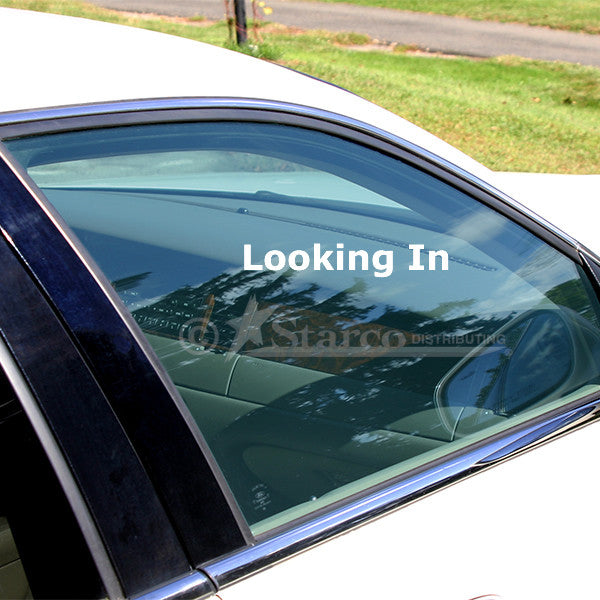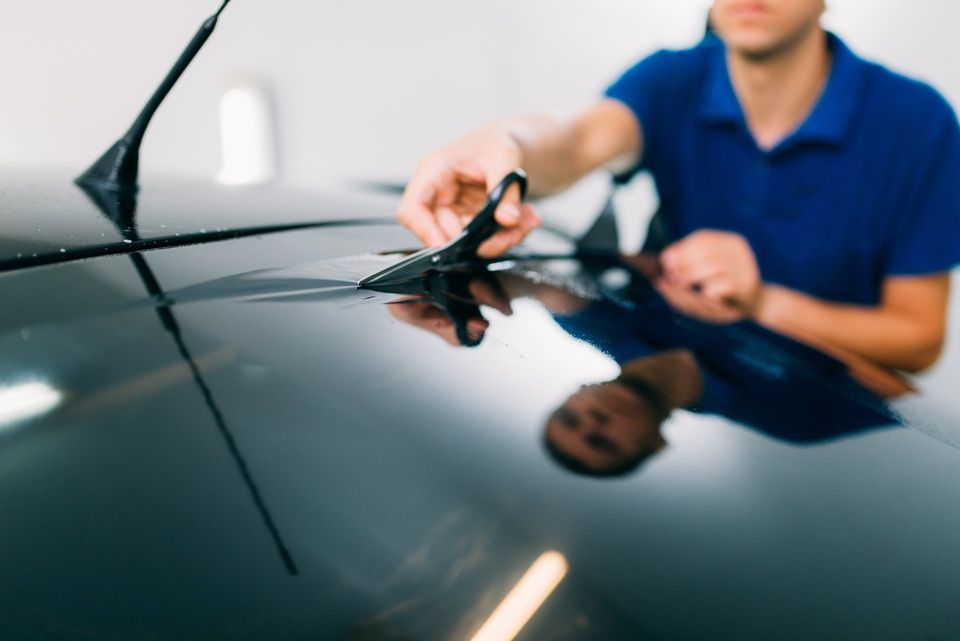Enhance Your Home's Security with Professional Window Tinting Clovis
Enhance Your Home's Security with Professional Window Tinting Clovis
Blog Article
Checking Out the Various Kinds of Window Tinting: A Comprehensive Summary for Vehicle Owners
In the world of vehicle improvements, window tinting stands out as a sensible option for vehicle proprietors intending to improve comfort and appearances while offering crucial protection (window tinting clovis). Recognizing the lawful guidelines controling tinting in different jurisdictions includes an additional layer of intricacy to the decision-making process.
Benefits of Home Window Tinting
Window tinting uses a myriad of advantages that boost both the aesthetic appeal and performance of lorries. One of the primary advantages is the decrease of harmful ultraviolet (UV) rays, which can cause skin damages and raise the risk of skin cancer. By blocking as much as 99% of UV radiation, colored home windows give vital defense for guests during everyday commutes or lengthy trips.
Furthermore, window tinting significantly improves interior comfort by lowering glow and warmth build-up. This not just develops an extra pleasurable driving experience yet also minimizes the dependence on cooling, leading to sustain savings. Boosted personal privacy is an additional vital advantage; colored home windows obscure the view into the lorry, safeguarding individual items and guaranteeing a complacency for occupants.
Moreover, window tinting can lengthen the life-span of an automobile's interior by reducing sunlight damages, such as fading and fracturing of furniture. Many territories acknowledge the aesthetic worth of tinted windows, which can boost an automobile's general appearance and resale worth. In summary, the complex benefits of window tinting make it a beneficial investment for car owners looking for to boost design, comfort, and security.
Sorts Of Window Tint Films
A selection of window color films are offered on the market, each designed to satisfy various needs and preferences. The most usual types include colored, metalized, ceramic, and hybrid movies.
Dyed movies are preferred for their aesthetic charm, as they give a darker tint without showing light. They are normally more economical but may discolor with time. Metalized movies, on the other hand, include steel fragments that mirror warmth and UV rays, improving longevity and performance. However, they may hinder electronic signals.
Ceramic films represent a premium option, providing remarkable warm denial and UV security without the downsides of reflectivity. These movies are non-conductive and do not influence digital gadgets, making them a preferred option among auto proprietors looking for high performance. Finally, crossbreed films combine the benefits of colored and metalized movies, using an equilibrium between cost and efficiency.
Choosing the right movie depends on specific concerns such as heat rejection, aesthetic appeals, and budget plan. Understanding the characteristics of each kind can direct car owners in making educated choices that line up with their particular needs and choices.

Legal Laws on Tints
Lawful laws on home window tinting differ significantly across various areas, mirroring neighborhood regulations and safety requirements focused on guaranteeing motorist exposure and security. In the United States, as an example, each state has its own set of rules controling the permissible degrees of color darkness, generally measured by Visible Light my response Transmission (VLT) percents. While some states permit darker colors for rear windows, others impose more stringent limitations on front side windows and windshields.
Internationally, regulations can differ a lot more dramatically (window tinting clovis). Nations may implement total bans on tinting or restrict it to lighter tones. For instance, in the European Union, the front windshield should allow a minimum of 75% of light to travel through, while the front side windows must allow a minimum of 70%.
Compliance with these laws is critical, as failure to adhere can cause fines, mandatory elimination of non-compliant tints, or even automobile evaluations. Vehicle proprietors should acquaint themselves with their local regulations before using window tinting. Consulting with specialists and evaluating state or national guidelines can aid guarantee that any picked tint follow lawful criteria, eventually boosting both safety and visual appeals.
Installation Refine and Considerations
When thinking about the installment of window tinting for lorries, several crucial variables should be taken right into account to make certain a successful result. First and leading, selecting the best sort of color is vital, as numerous materials provide various degrees of heat being rejected, UV security, and visual appeal. In addition, it is necessary to inspect regional laws regarding tint darkness and reflectivity to remain compliant with the law.
The installation process itself can be carried out do it yourself or by an expert. While do it yourself kits are readily available, expert installment is commonly recommended for optimum outcomes. Specialists have the needed skills, tools, and experience to guarantee a flawless application, which minimizes the risk of bubbles, folds, or peeling.
Before setup, the vehicle's windows click over here ought to be completely cleaned and dried out to prevent impurities from interfering with the adhesive. By taking into consideration these factors, lorry owners can improve their driving experience while making certain the longevity and efficiency of their home window tint.
Maintenance and Care Tips
Proper upkeep and treatment are essential for preserving the look and functionality of home window tinting after installation. To make certain longevity, automobile proprietors should wait at the very least 48 hours before rolling down their home windows, permitting the adhesive to treat properly. Regular cleaning is essential; however, it's crucial to make use of gentle, ammonia-free services and soft microfiber towels to prevent scraping the color.
When cleaning your car, prevent high-pressure water sprays straight on the colored windows, as this can weaken the sticky gradually. Rather, use a moist towel to wipe the surface carefully. In addition, avoid making use of abrasive materials, such as rough sponges or brushes, which can damage the tint.
Examine your window color periodically for signs of bubbling, peeling, or discoloration. If any type of problems are found, get in touch with a professional to figure out whether repair services or substitutes are essential. Additionally, parking in shaded areas or using sunshades can further shield your color from extended sun exposure, which can bring about fading.
Verdict
In summary, recognizing the various types of home window tinting is important for vehicle owners intending to enhance comfort, appearances, and security. Correct installation and upkeep further guarantee optimum Learn More efficiency and durability of the color.
In recap, the multifaceted benefits of window tinting make it a beneficial investment for automobile proprietors seeking to enhance convenience, safety and security, and design.
Lawful laws on home window tinting differ considerably across different regions, mirroring neighborhood laws and safety requirements intended at making certain driver visibility and safety. While some states enable darker tints for rear windows, others impose stricter limitations on front side windows and windshields.

Report this page